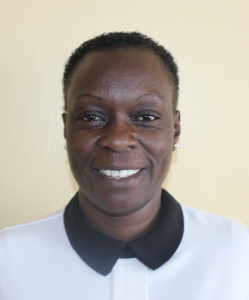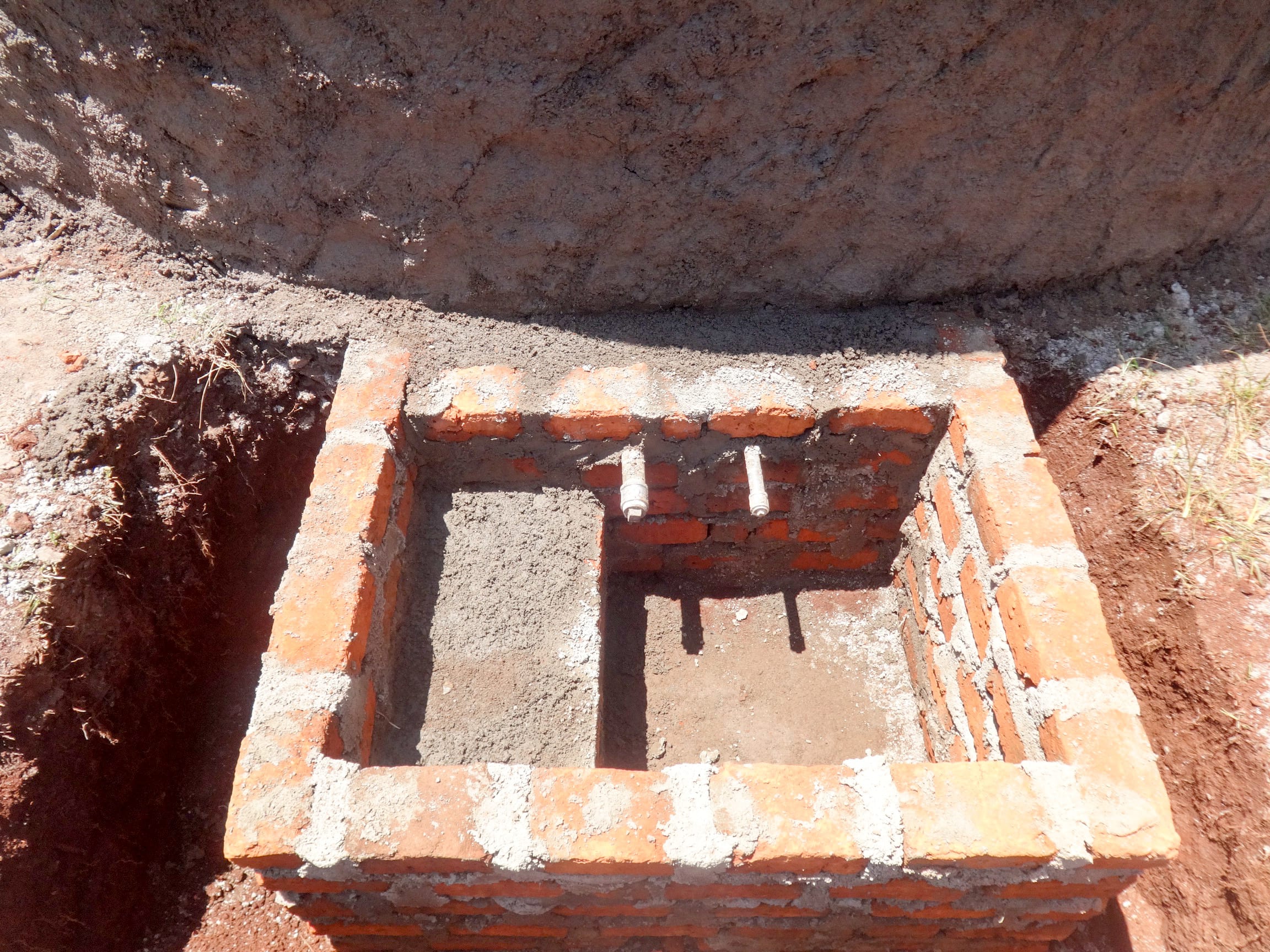There is no water at Viyalo Primary School. Without a source of water on the property, the school is at risk of closure. To meet the need here, students have to balance carrying a jug of water with all of their school books each morning.
Most of the students are taken care of by a single mother. Academic performance is low as students suffer from constant hunger. Some of the teachers have seen how these students suffer, and have adopted them into their own homes to get them through school.
A normal day begins early in the morning, with pupils walking to school around 6am. They carry water in their small jerrycans of about five liters to clean their classrooms. Dusty classroom floors must be regularly watered to keep away the dust mites.
The rest of the water is poured into larger barrels to use for cooking and cleaning. Doing so poses a health risk to the students. If one student brings dirty water from home it contaminates the water for everyone. Cases of waterborne diseases are often the reported reason for student absences.
After cleaning, students attend study hall for 30 minutes until morning assembly at 8am. Morning classes are held with short bathroom breaks until lunch when students are dismissed to go back out into the community to find something to eat. Students always look forward to games after their afternoon classes, which they play out in the open field.
As for facilities, there are only seven latrines shared by 533 students and 14 staff. Most of the pits in these are nearly full, and others have broken doors. There is one handwashing station, but there is never enough water left to keep it running.
Hygiene and sanitation levels are so low that the local newspaper wrote a story about it in May, urging that if things didn't improve soon, the school should be shut down.
"I am eager to see the commencement of the project. I reaffirm my commitment to contribute what is required by mobilizing the school community for training. I will also make rules that ensure the management and maintenance of our new facilities," Headteacher Nebert Lwangu said.
What we can do:
Training
Training will be held for three days. The facilitator will use PHAST (participatory hygiene and sanitation transformation), ABCD (asset-based community development), CTC (child to child), lectures, group discussions, and handouts to teach health topics and ways to promote good practices within the school. Teachers, students and representatives from the parents will participate in this training so that all know how to practice good personal hygiene.
Handwashing Stations
The teachers will help in supervision as the CTC club members will be responsible for the management and maintenance of the handwashing facilities. This will be done by filling the provided 60-liter plastic containers fitted with fabricated metallic stands with water every day and also ensuring that they are properly stored.
VIP Latrines
Six latrines will be constructed with local materials that the school will help gather. Three will serve the girls while the other three serve the boys. And with a new source of water on school grounds, students and staff should have enough to keep these new latrines clean.
Rainwater Catchment Tank
A 50,000-liter rainwater catchment tank will help alleviate the water crisis at this school. The school will also help gather the needed materials such as sand, rocks, and water from the spring for mixing cement. Once finished, this tank can begin catching rainfall that will be used by the school’s students and staff. Students will no longer be responsible to find enough water to carry to school every day.
We and the school strongly believe that with this assistance, standards will significantly improve. These higher standards will translate to better academic performance and less sickness being brought back home to families. Better health, better education, and better living standards go hand in hand.

 Rainwater Catchment
Rainwater Catchment
 Rehabilitation Project
Rehabilitation Project




































